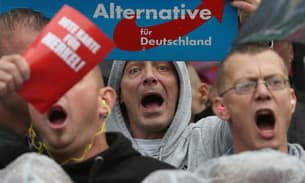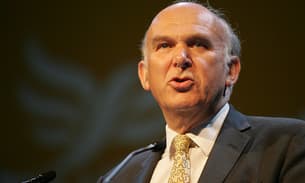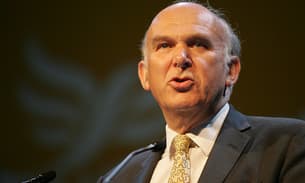
In video: EU Structural Funds explained
The European Union Structural Funds programme distributes €347bn across 271 regions in 27 countries over a period of seven years.
Nearly a third of EU spending is distributed through Structural Funds. This funding programme represents the second biggest source of funding after the Common Agricultural Policy.
Equivalent to what Britain plans to spend on health and defence over the next two years, this colossal funding programme backs more than 600,000 projects, ranging from bridges across the Danube to the training of McDonald’s burger flippers in Sweden.
In an attempt to promote economic development and heal cold war divisions, Europe’s leaders are aiming to bind the region’s peoples more closely together and raise living standards, not just in impoverished backwaters but also in the developed heartland by stimulating overall demand for goods and services. From the thousands of kilometres of roads they drive on, to the museums they visit, even the fitness classes they attend, millions of Europeans are enjoying the fruits of EU largesse.
“It is an inherent part of the European idea, and the European project,” says Johannes Hahn, the commissioner in charge of the EU’s directorate general for regional policy who oversees the structural funds programme.
The current budget runs from 2007 to 2013 and includes 646,000 projects.
The Structural Funds include the European Regional Development Fund, the European Social Fund and the Cohesion Fund. All member states must co-finance these funds with their own budget: the wealthier a member state, the greater the amount of co-financing it contributes.
Poorer regions receive most support from the Structural Funds, but all European regions are eligible for funding under the various programmes.
The money is used to boost development in regions lagging behind, to rejuvenate industrial regions in decline, to help young people and the long-term unemployed find work, to modernise farming and to help less-favoured rural areas.
Money also goes towards research, creating sustainable jobs and economic growth, environmental protection and investment in infrastructure.
The largest of the three funds, which come under the Structural Funds umbrella, is the European Regional Development Fund. This is worth €201bn. Its role is to promote investment and even out the regional differences of the EU. There is also a focus on the environment, particularly for renewable energy projects.
The European Social Fund aims to improve employment in the EU by funding vocational training and creating jobs. With €75bn, it focuses on improving employment and helping the disadvantaged.
The Cohesion Fund, worth €70bn and it aims to strengthen economic and social links between the EU states. It is used mainly to finance transport infrastructure and environmental projects. Only the poorest states are eligible for these funds.




